HOW TO EXPAND OUR SOMATIC VOCABULARY
Scroll for video, article AND downloadable PDF.
How do you describe the feelings of your body? Sensations are the language of our bodies. They communicate with us all the time. They carry our histories and are what connect us fully to the present moment and bring us into the future.
Instead of just thinking about our body’s feelings, we can experience our sensations from within and come into more intimate contact with ourselves in the present moment. We might refer to this as somatic awareness, felt sense, or embodied listening.
What do you notice in your body?
A simple question but not the most straightforward answer. Growing a somatic vocabulary is part of what we help them with through accurate somatic reflection, education, offering menus, and getting curious together about how to be aware of and describe sensations that arise, whether pleasant, unpleasant, or neither.
Being aware of our bodies is something most of us have to learn.
And for people, especially with trauma, it can even feel like a threat to begin to tune into the sensations and experiences of the body - it is essential to go slowly to start to feel safe enough to feel again. This is called titration (one drop at a time).
We might be surprised to learn those pleasant sensations can often feel even more overwhelming than unpleasant ones. For many, focusing on what's wrong or what hurts has been contributing to helping people cope and survive. We can intentionally allow a few breaths at a time of what feels soothing or supportive.
Stress can be a helpful cue for letting us know if a threat is present, and some people’s bodies get “stuck on,” attempting to stay vigilant for any threats to safety.
When we can honor why and how the body is doing what it’s doing and get to know the full spectrum of sensations without judging them or trying to make them different, we have access to freedom through feeling safe enough to experience a full range of humanness. For example, our senses help us genuinely live fully from moment to moment.
A talk on expanding somatic vocabulary from the Body of Work Program:
“There are so many ways our bodies are communicating and signaling to us all day every day.”
Benefits of listening to the sensations of the body and having a body awareness:
Presence
Connection with self and what’s happening
Presence = Love
Expand the felt experience of safety with ease pleasure
Expanding capacity for Subtle to Intense sensation
Clarify what we need and want
Tapped into intuition
Presence with other people
More awareness around basic needs -
when we need sleep, food, safety, etc.
Connection to spirituality
Connection with earth and animals
So much more.
How do we build a somatic vocabulary for ourselves and our clients?
We can start by noticing simple sensations:
Pressure/(Contact with the surface beneath us that’s supporting us)
Temperature
Numbness
Lightness
Heaviness
Some points that can feel easier for people (not all people) are:
Bottoms of feet pressing into the ground
Air on the skin of the face
The temperature of the hands
The sensation of the breath expanding and contracting is either felt in the chest or the nostrils.
Seat contacting the support beneath it
Elbows
Earlobes
Thumb/finger pads
Some starting tips to promote safety and coming into the body slowly (titration):
Start with just three breaths at a time.
Notice sensations that are pleasant, unpleasant, and neither. [For folks impacted by trauma spend a little more time with pleasurable sensations than undesirable - many folks with trauma tend to seek the familiar intensity that goes with unpleasant and “what’s wrong,” which can exacerbate the brain’s habit of being in a state of hypervigilance or shut down. It is remembering to include neutral and pleasant sensations in awareness, which can teach the brain that it’s safe to experience more of the spectrum of feelings available].
Just notice with curiosity - no need to try to make any particular experience happen. Release agenda.
One way to start saying hello to the sensations of the body if it feels particularly difficult to notice is to start on the outside and move inwards. Notice something in your environment that feels interesting or soothing to look at. As you take a few breaths, noticing the object, see if anything happens in your breath and body.
Words and concepts to explore:
Full
Goose Bumps
Jumpy
Open
Pounding
Pulsing
Shaking
Radiating
Raw
Shaky
Sharp
Strong
Weak
Tender
Tense
Tight
Tingling
Vibration
Wobbly
Constricted
Dizzy
Electric
Still
Melting
Softening
Expanding
Contracting
Pulling
Pushing
Tingling
Bubbly
Rigid
Numb
Gurgling
Gripping
Clenching
Cool
Burning
Aching
Empty
Energized
Flushed
Fluttery
Frantic
Smooth
Spacious
Here’s a PDF - feel free to use and share:
